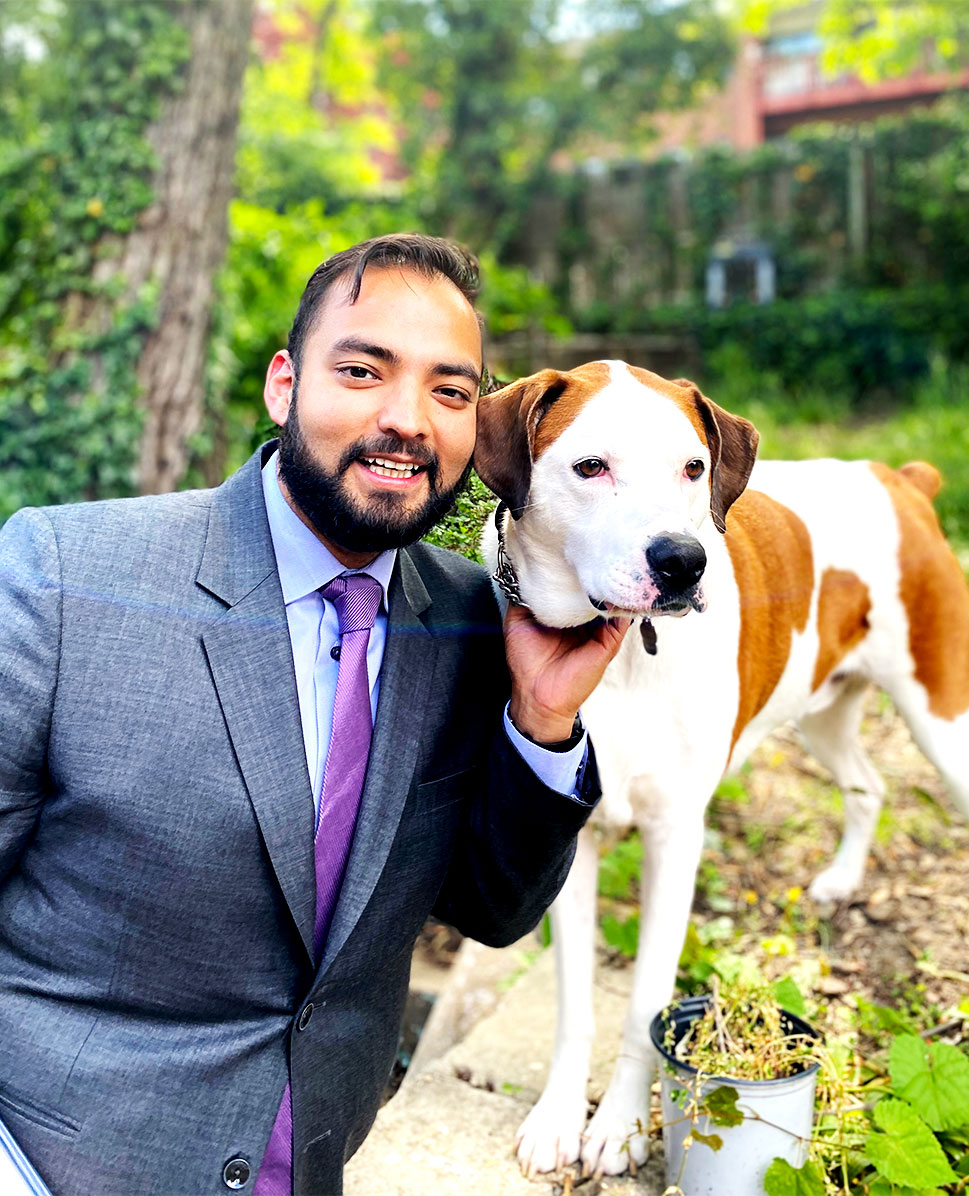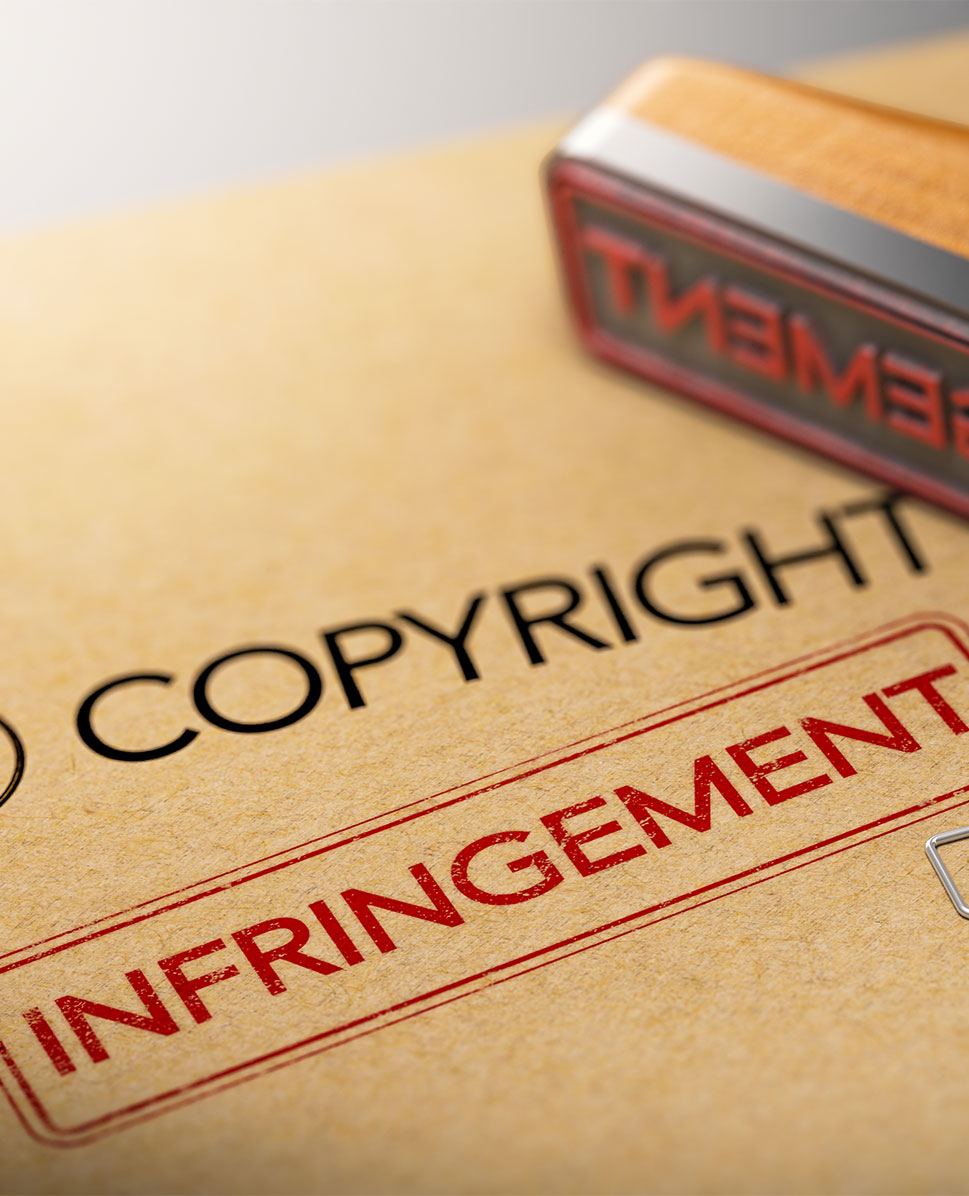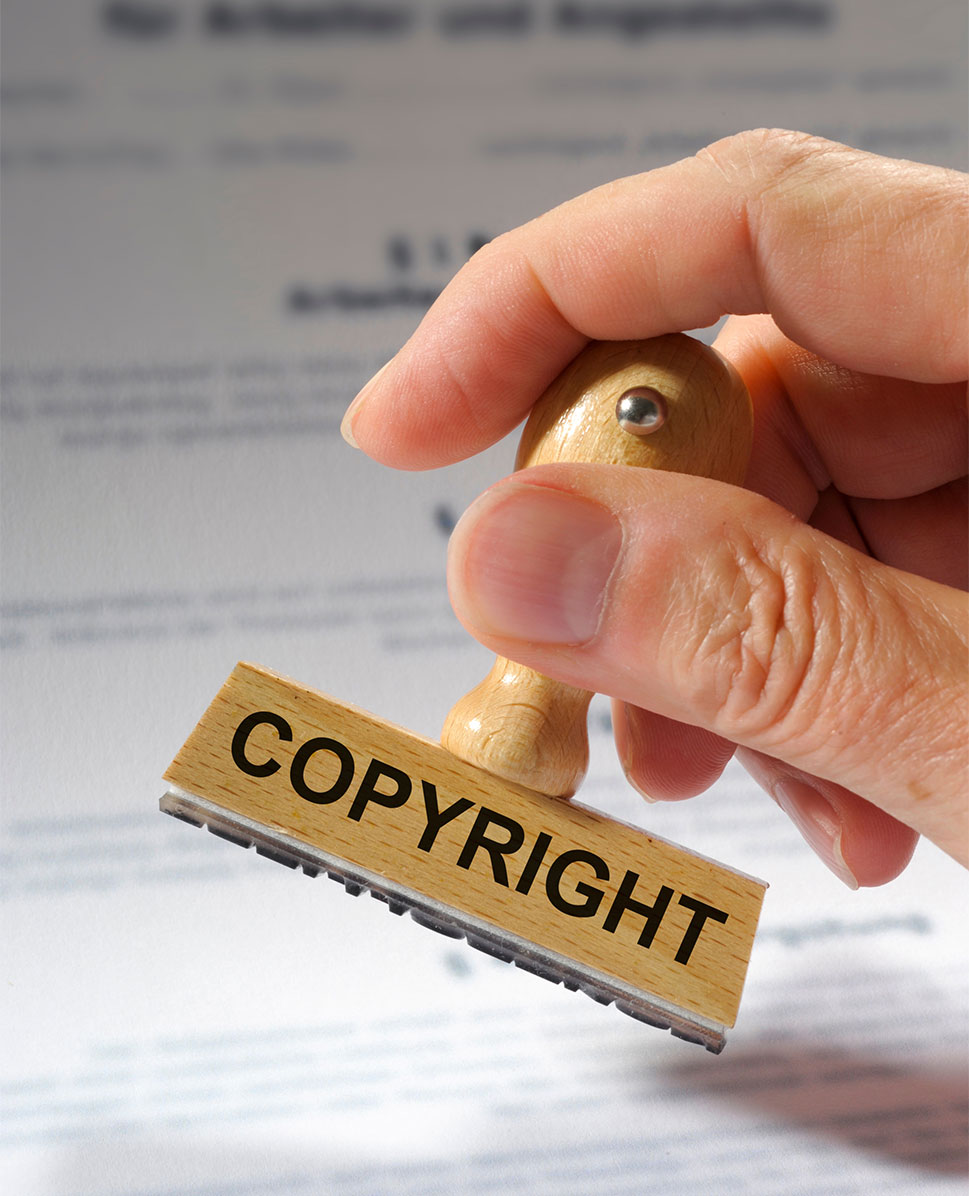Crafting Your Response: A Strategic Guide to Handling A Copyright Infringement Notice
Receiving a copyright infringement notice can be an overwhelming experience, but it doesn’t need to be. This blog will inform you how to respond to a copyright infringement notice. Discover best practices on how to copyright infringement notices. Additionally, consider legal options and practical tips to protect your creative work.


What is Copyright Infringement?
US Copyright law protects original works of authorship fixed to a tangible medium. Works usually include creative works such as musical, literary, or dramatic works. Motion pictures, books, blogs, software codes, sculptures, architecture, photographic images, and other artistic creations are examples of works that are afforded copyright protection.
A creative work registered at the US Copyright Office provides the copyright holder with a bundle of rights associated with the work. Copyright registration provides the author exclusive rights, including the ability to create derivative works based on the original. The benefits of copyright ownership through registration are mentioned in a previous blog here.
Copyright infringement is the unauthorized use of copyrighted works and the violation of the rights afforded through common law and registration.
A copyright owner or lawyer can prove copyright infringement through the following:
Direct Copyright Infringement:
To prove a direct copyright infringement claim, the infringement owner must show ownership of a valid copyright. Additionally, the allegedly infringing material must consist of elements directly copied from the original work.
Indirect Copyright Infringement:
To prove indirect copyright infringement, the copyright owner must prove the alleged infringer had access to the copyrighted material and that the infringing material or content shares similarities with the original work to the point that it alludes to copying.
Responding to A Copyright Infringement Notice
Responding to a copyright infringement notice requires a careful review of your work and the claimant’s ownership rights. Whatever you may do to protect yourself, DO NOT IGNORE the copyright infringement notice. If you receive a copyright infringement cease and desist letter, you must notify your Intellectual Property Attorney.
To take federal legal action for copyright infringement, a copyright holder must have a copyright registration at the US Copyright Office.
Review the Copyright Infringement Notice and The Copyright Owner
These are questions to ask when reviewing a copyright infringement claim:
Does the Claiming Party Have a Copyright Registration?
Who is the copyright holder? Determine the ownership.
Is the copyrighted material a work for hire?
Is the Allegedly Infringing Material Substantially Similar to The Work Cited in the Cease and Desist letter?
Did you have access to the copyrighted material?
What is the Extent of the Alleged Infringement?
Has the work appeared on internet service providers (ISPs) such as social media platforms or an online marketplace?
Does the cease and desist letter cite the digital millennium copyright act (DMCA)?
Is the copyright notice a DMCA takedown notice?


Are you Vulnerable to Damages?
Profits: Profits that can be attributed to the alleged infringement are recoverable by the copyright holder.
Actual Damages: These damages usually include losses associated with the copyright holders’ work. This includes lost revenue and opportunity costs.
Statutory Damages: Damages can be as high as $30,000 per work infringed up to $150,000 if the copyright holder can prove willful infringement.
Attorneys fees: Courts may even award attorneys fees to the prevailing party in a federal copyright infringement lawsuit.
Did you Have a Licensing Agreement to Use the Copyrighted Work?Is the Cited Work Copyrightable? Are There Noncopyrightable Elements of the Work?
Can you challenge the validity of the registered copyright?
Is any of the cited work in the public domain?
Can you use any of the available defenses?
- Lack of Substantial Similarity
- Fair Use
- Statute of limitations
- Invalid Copyright (Usually due to unprotectable elements in the cited work)
- De minimis use
- Independent creation
How Can You Avoid Copyright Infringement?
It’s simple:
- Create original copyrightable material
- Source your material responsibly: Get proper licensing or permission: Provide proper citations or use royalty-free resources. The public domain is your friend.
- Understand US Copyright law and Fair Use
- Conduct audits of your work
- Work with an Intellectual property attorney
Before publishing a new creative work, you must review the work with the assistance of an Intellectual Property Lawyer. The above mentioned list is a good start, but it is not exhaustive. The creative space is getting more digital by the day with new technology like generative AI, and it is pretty easy for creative work to appear in infringing material.
Even if an artist is inspired by another work, getting the proper license or permission can be the difference between receiving a copyright infringement notice and original, creative, & protectable work.

